A luxury beachside villa, a cozy condo for two, or a townhouse perfect for a handful of university students — if you’re thinking of becoming an investment property owner, the possibilities are endless when it comes to buying real estate to rent out.
Buying an investment property is a great way to build wealth and create a passive income stream. Industry estimates suggest that 42.9 million Americans rent their home, making up 34.5 percent of U.S. households. The average rental price for a single-family home in 2022 hit $2,495 per month, according to a House Canary report. And the National Association of Realtors (NAR) expected rent prices to increase by 5 percent in 2023, which is a great economic outlook for soon-to-be landlords.
But the type of investment property you buy will dictate how much you could receive in monthly rent payments. Location, size, and features will also influence your return on investment (ROI), or how much profit you can make.
If you’re ready to get into the rental market business as a landlord, here’s a look at the most common investment property types and their main pros and cons.
Single-Family Homes
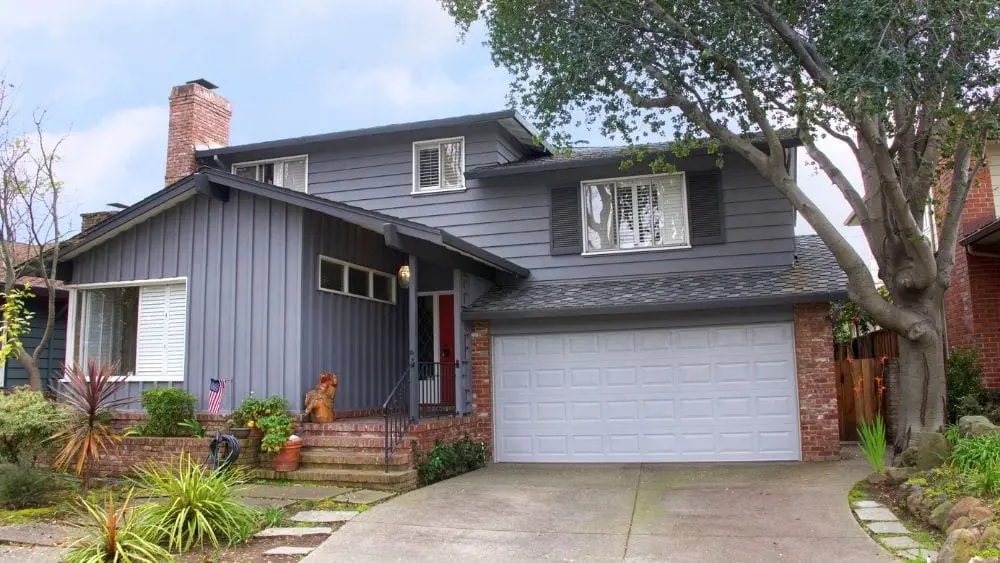
Most common in suburban areas, single-family homes are independent units housing one family. Single-family homes with backyards and a spacious neighborhood are the top pick for Americans, according to research. A staggering 89 percent of U.S. residents said they’d prefer a detached home over a unit in a triplex with a shorter commute, a 2019 poll found.
However, 61 percent of renters across in the United States’ biggest metropolitan regions said they’re priced out of the market, even if they’ve spent years saving for a down payment.
As of December 2022, the national average price for a single-family home sat at $372,700, according to the NAR. If you’ve got the cash to buy a detached home, chances are high that renters will scoop it up.
Pros of Single-Family Homes
For newcomers to investment property ownership, a single-family home may be easier to manage compared to other options. Because they’re in demand, you can expect to attract a wide pool of prospective tenants, giving you options to choose family you’d like to work with.
And with only a single home to worry about, you won’t need to stay on top of repairs and maintenance for multiple units. In addition, as noted earlier, the average rental price for a single-family home in 2022 was $2,495, so depending on your location and rental market, the home could command significant rent. You’ll receive the rental income from your tenants and use that money to pay off your mortgage and other expenses tied to the property.
Cons of Single-Family Homes
At the same time, a single-family home likely won’t earn you as much rental income as some other options, such as a multifamily residence — unless you’re managing multiple single-family properties.
The other downside? If your tenants move out, you may incur a month or two of vacancies as you find new renters. You won’t be receiving any rent during that time, even though you’ll still be on the hook for all costs, including your mortgage, property insurance, property taxes, and homeowners association fees. Landlords with a single unit on their hands must keep this in mind and keep a cushion of savings for these times.
Multifamily Homes
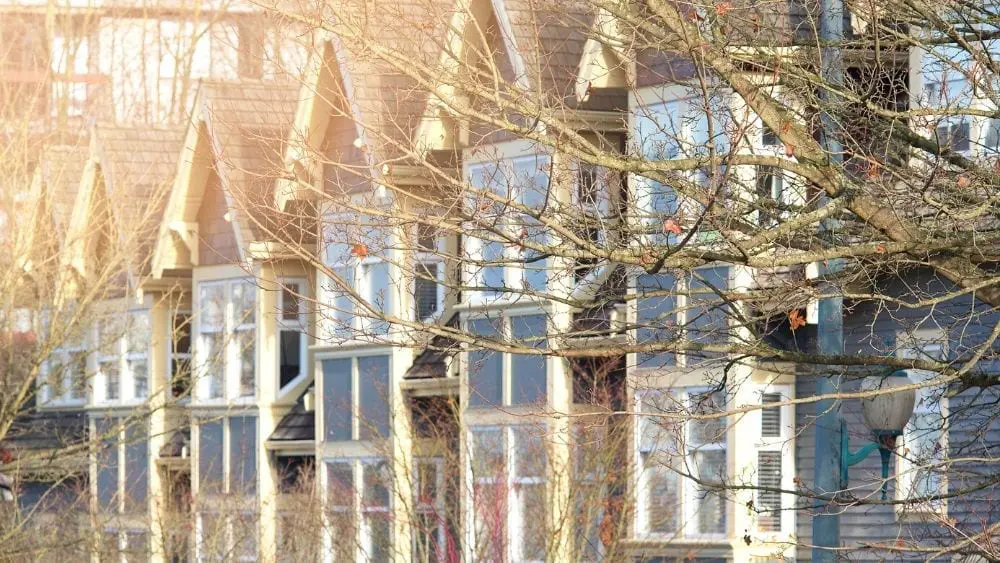
Multifamily homes are buildings that provide housing to more than one family. These include duplexes, townhouses, or home with a basement apartment or a backyard studio, making a single piece of property available to multiple households.
While single-family homes are more popular in less populated areas, you’ll come across multifamily homes in denser parts of the country, like New York City, Miami, and San Francisco.
Renters enjoy the perks of their own living space — private bathrooms, bedrooms, and kitchens — but with far less space than a detached home. They’ll usually end up sharing common areas like rooftop patios, backyard swimming pools, and entryways.
Pros of Multifamily Residences
With a multifamily residence, you can increase your ROI much faster than you would with a single-family home. If you buy a duplex, for example, you’ll yield two rental incomes each month instead of one, while buying a multiple-story townhouse could equal several rental incomes to cover your mortgage and expenses and provide revenue as well.
If one family moves out of their unit, you don’t necessarily need to scramble to find a new tenant to move in immediately. Your rental income won’t flatten out to $0 overnight because you’ll still have occupied tenants in other parts of the property. This makes multifamily residences a more stable investment option.
Cons of Multifamily Residences
With more renters comes more responsibility as the landlord. While you may collect more rental income, you’ll have to look after multiple units under one roof, staying on top of repairs, maintenance, and renovations.
Some tenants may want a furnished unit while others don’t, and some may opt in to buying their own utilities while others prefer a unit that’s fully serviced with all bills included in their rental price. You need to be available, flexible, and agile if you’re managing multiple units.
While there aren’t concrete rules on whether you ought to furnish multifamily residences, your tenants will look to you to provide furnishings in common spaces. This could mean buying a patio set and barbecue for the backyard and gym equipment for a recreational space.
Expect to spend more on appliances, like refrigerators, washer-dryer combos, and dishwashers. You’ll invest more time into property management, too. While a family living in your single-family home may tend to the garden or maintain the backyard, the tenants of your multifamily residence may count on you to keep the common spaces clean and tidy. You may have to hire a third-party to help keep flooring and shared spaces in great shape.
Being selective with your tenants is key. You’ll also need to screen your potential tenants carefully and look for chemistry between the families. If you’re renting to an elderly couple, for example, you may not want to accept a rental application from a bunch of university students throwing parties well into the morning. One bad tenant could wreak havoc on others under the roof, even if they’re in separate units.
Condominiums
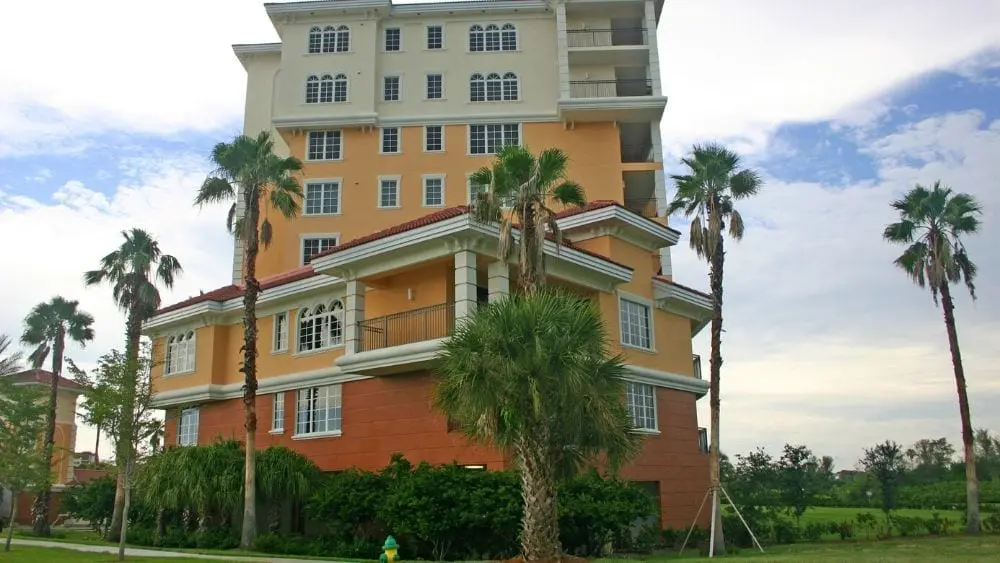
Young urban professionals, couples, and empty nesters looking to downsize tend to flock to condominiums and apartments, making these types of investment properties a safe place to park your savings.
In 2022, 92 percent of one-bedroom rental units, like condominiums, saw rental prices increase, as demand was so strong, bidding wars were triggered. That’s great news for landlords sitting on this type of hot property.
Condominiums — or “condos” — are privately owned units housed within a larger residential building. Condos come in all shapes and sizes, from studios to three bedrooms; however, one or two bedrooms are the most common options for homeowners.
While condo owners have their own living space, including bedrooms, bathrooms, kitchens, and living rooms, they share common areas like hallways, garages, mailrooms, and recreational facilities like gyms, swimming pools, and outdoor patios with other condo units in the building. Condos are typically maintained by a condominium association that manages landscaping, pool cleaning, and other repairs, from faulty elevators to lobby renovations.
Pros of Condominiums
The beauty of condominiums — aside from the universal demand from singletons, couples, young families, and seniors alike — is the convenience that comes from property maintenance. As a landlord paying condominium fees, you don’t have to worry about mowing the lawn, tending to the swimming pool, or keeping the mailroom clean.
You will, however, have to respond to queries from your tenants regarding the condominium unit itself.
If you’re buying a brand-new condominium, with warranties and new appliances for your tenants, you should expect to have fewer maintenance issues or costs.
Cons of Condominiums
Convenience comes at a hefty price for landlords in the form of monthly condo fees that could go as high as $800 to $1,200, depending on your location and the kinds of amenities building residents receive. However, you can transfer this expense to your tenants by working this cost into their monthly rent.
The condo market may be saturated, especially in large cities. Because of this, you may have to invest more in marketing your condo for rent or spending more in adding extra features to make it stand out from the rest.
With condominiums, you also lack control over how well the building is maintained. You may need to join the condominium’s board to make sure the building stays in great condition for the sake of your current and future tenants, and to safeguard your investment.
Student Housing
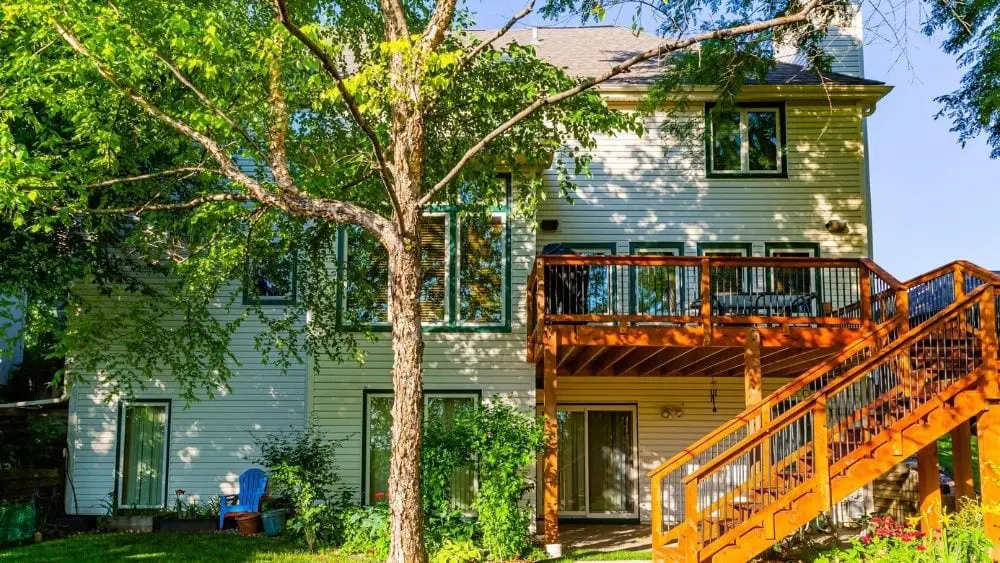
If you’re eyeing property in a student hub packed with universities and colleges, buying a house to rent to multiple tenants is a great option.
To set up an abode perfect for student housing, you’ll need to zero in on a home in a bustling university town and ensure the property is set up with multiple bedrooms that can be rented out to several tenants. The layout should include spacious common areas like an open-concept living room, kitchen, and dining area, and several bathrooms.
A 2018 study found student housing can yield excellent ROI: Champaign, Illinois, topped the list of 150 university towns with an ROI of 14 percent, followed by Rochester, New York, at 13.49 percent and New Haven, Connecticut, at 12.14 percent.
It makes sense: You’ll have a single mortgage payment to manage while you’re collecting between two to six rent payments from your tenants, depending on how large the home is.
Pros of Student Housing
Student housing offers plenty of advantages for an investment property owner. For starters, there will always be demand for housing in university towns at the start of each school year, regardless of economic conditions.
If your university town is populated with several colleges and universities, the demand may be so high you may encounter higher rental prices and less pressure to market your home to potential tenants. In this case, try to charge appropriately based on similar units in your area; the rent price should cover your expenses while still being affordable enough for college students who may be living on a shoestring budget.
Students typically need furnished homes, so basic furniture like bedframes and mattresses, desks and chairs, and bookshelves and nightstands will need to come out of your budget.
You won’t have to worry as much about upgrades, high-end furnishings, and maintenance with college students, compared to your other options. While routine upkeep is important, college students won’t expect state-of-the-art appliances and luxury features in their rental.
Finally, you should have peace of mind on receiving rental payments. More often than not, college students’ rental applications come with assurance from their parents. You may even receive rental payments paid in full for each semester.
Cons of Student Housing
On the other hand, students may not be the most responsible with your property. It’s likely their first time living independently, after all. You may worry about damage to your home or maintenance issues that you aren’t aware of until it’s a larger problem. Remind your tenants about your ground rules for keeping the home in great condition and suggest a monthly check-in to see if they need any repairs or maintenance done.
Students have little to no rental history, credit history, or employment history to their name, which makes it difficult to screen for a quality candidate.
You also may face frequent turnover as college students may decide to move to a different home each year. In a perfect scenario, your tenants stay in your home for the full duration of their university career, but count on finding new tenants each summer ahead of the next school season. Factor in vacancy rates for your home, especially during the summer.
Vacation Rentals
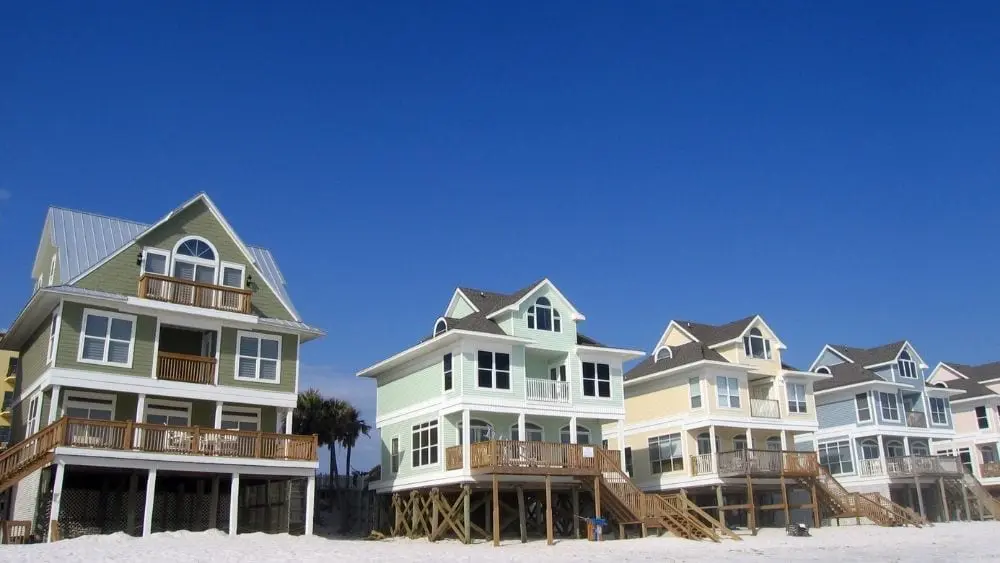
The likes of websites like Airbnb and VRBO have made it incredibly easy to market vacation rentals to tourists visiting your city.
If you’re in a major tourist hotspot, like New York City, Miami, Los Angeles, or Orlando, purchasing an investment property that’s perfectly situated for visitors may be a worthy choice. (A caveat: A number of cities have instituted regulations around short-term rentals so be sure you know the requirements in places where you are looking to acquire property.)
A 2020 Airbnb report suggests the average Airbnb host in the United States makes about $24,886 annually. You could yield between $500 and $800 per night, depending on where your vacation rental is located along with its size and features.
A sprawling vacation property on South Beach in Florida, for example, could easily command prices of $800 per night during peak season. Families may consider this price tag a steal compared to renting several hotel rooms in the same area, and they’ll have added perks like a kitchen to prepare kids’ meals and a private patio to host dinners.
Pros of Vacation Rentals
Unlocking unlimited cash flow, depending on how popular your property is, is the defining perk of owning a vacation rental.
Instead of receiving one rental income each month, you may have visitors every weekend for the entire summer season, earning a massive ROI during those busy months of business.
The other perk? You — and your family and friends — can use the vacation rental while it’s sitting empty or when you need to take a break.
Cons of Vacation Rentals
Unless you have a management company taking care of your investment property, owning a vacation rental can turn into a full-time job. You’ll need to vet potential visitors applying to stay at your vacation home, arrange their check-in and check-out times, schedule cleaning and laundry, prepare the property for the next set of visitors, and maintain a five-star rating to keep your calendar full of bookings. If you outsource this work to a management company, that’s another expense on top of your mortgage payments, insurance, and property taxes.
Because vacation rentals should be fully fitted like a hotel room, you’ll need to have a steady supply of clean bedding, towels, pillows and blankets, toiletries, and kitchen staples like coffee and tea. Yes, your temporary tenants will look for wine glasses and welcome snacks! Make sure those are supplied to keep the good reviews coming. Providing these household essentials will be a constant expense in your budget, but they’re mandatory to keep your business going.
Concerns about vacancy rates are highest for this kind of investment property. If you’re in the low season or your city is flooded with vacation rental options, you may not receive any rental property income during some weeks or months.
Bottom Line
Regardless of which route you take, investment properties all offer major perks for landlords: You can take advantage of tax breaks, you’ll collect a rental income to recoup your expenses, and you’ll watch your investment grow in value year over year.
You can opt for anything between buying a basic unit for students and acquiring a luxury villa for tourists ready to splurge on their vacation stay. But what you decide to buy, where it’s located, and how many tenants it can house will have an effect on how much you can charge.
Do some number-crunching to understand your budget, zero in on a location where you’d like to buy, then take a look at what kind of housing is in demand in that area. You’ll soon be on your way to securing a new investment property that’s perfect for your ideal tenants.

Carmen Chai is an award-winning Canadian journalist who has lived and reported from major cities such as Vancouver, Toronto, London and Paris. For NewHomeSource, Carmen covers a variety of topics, including insurance, mortgages, and more.
 Best Tiny Home Builders in New Hampshire
Best Tiny Home Builders in New Hampshire